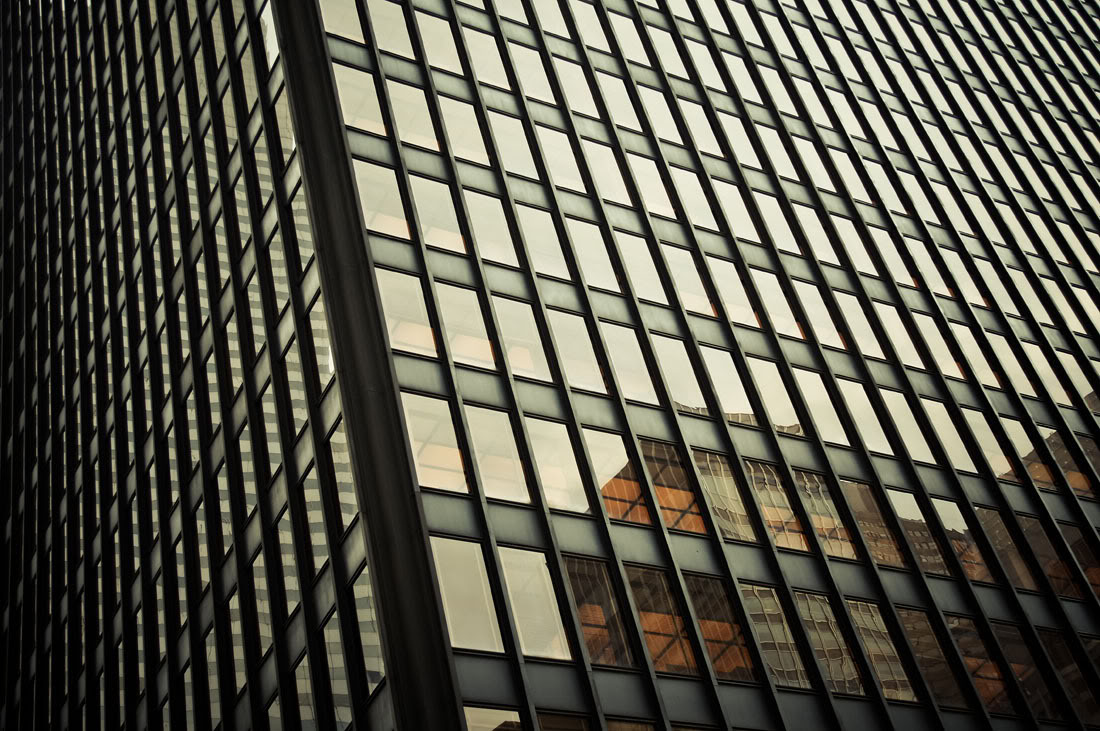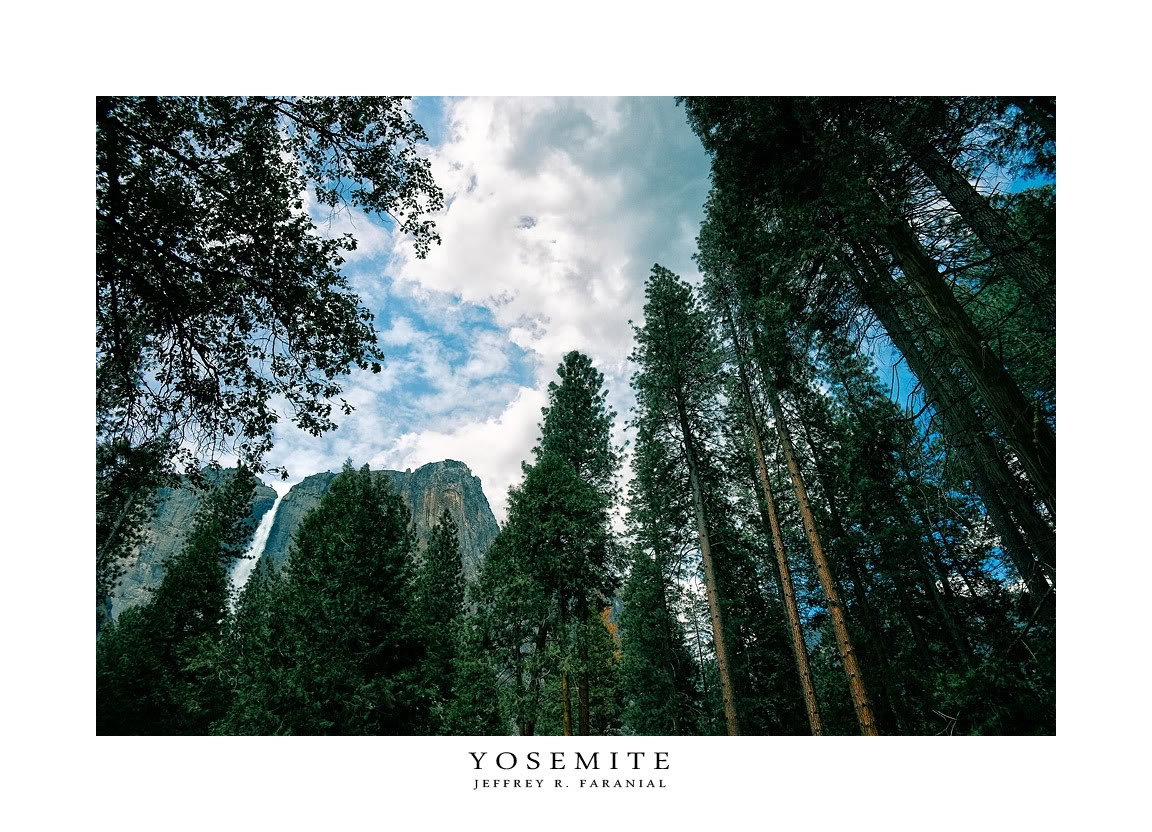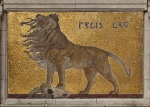Palace of Westminster
+38
nazzerlicyayo
jandy
lance
CNgarcia
bicolano
BOYLiLiT
rasmus
wangbu
tutik
anthony_als
skyscraper100
alwin
qcksilver
kurdaps!
brodger
allnem
markitekdesign
ERICK
Crainelee
jorgei2style
cubi_o:
celes
arkiedmund
ortzak
Norman
whey09
Canadium
marcelinoiii
christine
yaug_03
dpyxl
theomatheus
3DZONE
epjarchitect
vamp_lestat
nomeradona
torvicz
ARCHITHEKTHURA
42 posters
:: Photography :: Photo Gallery
Page 5 of 5
Page 5 of 5 •  1, 2, 3, 4, 5
1, 2, 3, 4, 5
 Palace of Westminster
Palace of Westminster
First topic message reminder :
Thanks for viewing..
Thanks for viewing..
Last edited by ARCHITHEKTHURA on Thu Nov 15, 2012 5:19 am; edited 31 times in total

ARCHITHEKTHURA- The Groom

- Number of posts : 1122
Age : 64
Location : Dubai,United Arab Emirates
Registration date : 05/05/2009
 Re: Palace of Westminster
Re: Palace of Westminster
nice jeff. reminds me of your renderings 
celes- Pogi

- Number of posts : 2958
Registration date : 25/11/2008
 Re: Palace of Westminster
Re: Palace of Westminster
render ba ito master jeff???hehehhe. ang gaganda nanaman nitong mga shots mo.  .
.

theomatheus- CGP Guru

- Number of posts : 1387
Age : 41
Location : planet obsidian panopticon
Registration date : 06/07/2009
 Re: Palace of Westminster
Re: Palace of Westminster
ayos. galing talga mga kuha 


CNgarcia- CGP Apprentice

- Number of posts : 606
Age : 35
Location : tacloban city
Registration date : 18/05/2009
 Re: Palace of Westminster
Re: Palace of Westminster
mala-zaha din ang mga compositions mo Jeff! nice set as always 


tutik- The Spy

- Number of posts : 1715
Registration date : 01/10/2008
 Re: Palace of Westminster
Re: Palace of Westminster
Salamat po mga sir! 


ARCHITHEKTHURA- The Groom

- Number of posts : 1122
Age : 64
Location : Dubai,United Arab Emirates
Registration date : 05/05/2009
 Re: Palace of Westminster
Re: Palace of Westminster
wow more than words,
no competition
brutal naman
lupit mo bro
no competition
brutal naman
lupit mo bro

lance- CGP Newbie

- Number of posts : 169
Registration date : 08/11/2008
 galing naman
galing naman
galing ng pagkakuha diyan nga tinago si megatron. ganda siguro sir ng camera nyo.

jandy- CGP Newbie

- Number of posts : 53
Age : 44
Location : riyadh saudi arabia
Registration date : 01/04/2011
 Re: Palace of Westminster
Re: Palace of Westminster
amazing!!!inspiring photography!!!....galing po!!! 


nazzerlicyayo- CGP Newbie

- Number of posts : 40
Age : 35
Location : Baguio City
Registration date : 23/07/2010
 Re: Palace of Westminster
Re: Palace of Westminster
Thanks guys!
Here are few images i have had taken recently. I hope you like them.
Mies Van der Rohe's Seagram Building
The Seagram Building is a skyscraper, located at 375 Park Avenue, between 52nd Street and 53rd Street in Midtown Manhattan, New York City. It was designed by Ludwig Mies van der Rohe, in collaboration with Philip Johnson. Severud Associates were the structural engineering consultants. The building stands 516 feet tall with 38 stories, and was completed in 1958. It stands as one of the finest examples[citation needed] of the functionalist aesthetic and a masterpiece of corporate modernism. It was designed as the headquarters for the Canadian distillers Joseph E. Seagram's & Sons with the active interest of Phyllis Lambert, the daughter of Samuel Bronfman, Seagram's CEO.
This structure, and the International style in which it was built, had enormous influences on American architecture. One of the style's characteristic traits was to express or articulate the structure of buildings externally.It was a style that argued that the functional utility of the building’s structural elements when made visible, could supplant a formal decorative articulation; and more honestly converse with the public than any system of applied ornamentation. A building's structural elements should be visible, Mies thought. The Seagram Building, like virtually all large buildings of the time, was built of a steel frame, from which non-structural glass walls were hung. Mies would have preferred the steel frame to be visible to all; however, American building codes required that all structural steel be covered in a fireproof material, usually concrete, because improperly protected steel columns or beams may soften and fail in confined fires.Concrete hid the structure of the building — something Mies wanted to avoid at all costs — so Mies used non-structural bronze-toned I-beams to suggest structure instead. These are visible from the outside of the building, and run vertically, like mullions, surrounding the large glass windows. This method of construction using an interior reinforced concrete shell to support a larger non-structural edifice has since become commonplace. As designed, the building used 1,500 tons of bronze in its construction.
On completion, the construction costs of Seagram made it the world's most expensive skyscraper at the time, due to the use of expensive quality materials and lavish interior decoration including bronze, travertine, and marble. The interior was designed to assure cohesion with the external features, repeated in the glass and bronze furnishings and decorative scheme.
Another interesting feature of the Seagram Building is the window blinds. As was common with International style architects, Mies wanted the building to have a uniform appearance. One aspect of a façade which Mies disliked, was the disordered irregularity when window blinds are drawn. Inevitably, people using different windows will draw blinds to different heights, making the building appear disorganized. To reduce this disproportionate appearance, Mies specified window blinds which only operated in three positions – fully open, halfway open/closed, or fully closed.






Thanks for viewing!
For more images please visit: http://archithekthura.multiply.com/photos/album/120/Mies_Van_der_Rohes_Seagram_Building
Here are few images i have had taken recently. I hope you like them.
Mies Van der Rohe's Seagram Building
The Seagram Building is a skyscraper, located at 375 Park Avenue, between 52nd Street and 53rd Street in Midtown Manhattan, New York City. It was designed by Ludwig Mies van der Rohe, in collaboration with Philip Johnson. Severud Associates were the structural engineering consultants. The building stands 516 feet tall with 38 stories, and was completed in 1958. It stands as one of the finest examples[citation needed] of the functionalist aesthetic and a masterpiece of corporate modernism. It was designed as the headquarters for the Canadian distillers Joseph E. Seagram's & Sons with the active interest of Phyllis Lambert, the daughter of Samuel Bronfman, Seagram's CEO.
This structure, and the International style in which it was built, had enormous influences on American architecture. One of the style's characteristic traits was to express or articulate the structure of buildings externally.It was a style that argued that the functional utility of the building’s structural elements when made visible, could supplant a formal decorative articulation; and more honestly converse with the public than any system of applied ornamentation. A building's structural elements should be visible, Mies thought. The Seagram Building, like virtually all large buildings of the time, was built of a steel frame, from which non-structural glass walls were hung. Mies would have preferred the steel frame to be visible to all; however, American building codes required that all structural steel be covered in a fireproof material, usually concrete, because improperly protected steel columns or beams may soften and fail in confined fires.Concrete hid the structure of the building — something Mies wanted to avoid at all costs — so Mies used non-structural bronze-toned I-beams to suggest structure instead. These are visible from the outside of the building, and run vertically, like mullions, surrounding the large glass windows. This method of construction using an interior reinforced concrete shell to support a larger non-structural edifice has since become commonplace. As designed, the building used 1,500 tons of bronze in its construction.
On completion, the construction costs of Seagram made it the world's most expensive skyscraper at the time, due to the use of expensive quality materials and lavish interior decoration including bronze, travertine, and marble. The interior was designed to assure cohesion with the external features, repeated in the glass and bronze furnishings and decorative scheme.
Another interesting feature of the Seagram Building is the window blinds. As was common with International style architects, Mies wanted the building to have a uniform appearance. One aspect of a façade which Mies disliked, was the disordered irregularity when window blinds are drawn. Inevitably, people using different windows will draw blinds to different heights, making the building appear disorganized. To reduce this disproportionate appearance, Mies specified window blinds which only operated in three positions – fully open, halfway open/closed, or fully closed.






Thanks for viewing!
For more images please visit: http://archithekthura.multiply.com/photos/album/120/Mies_Van_der_Rohes_Seagram_Building

ARCHITHEKTHURA- The Groom

- Number of posts : 1122
Age : 64
Location : Dubai,United Arab Emirates
Registration date : 05/05/2009
 Re: Palace of Westminster
Re: Palace of Westminster
Yosemite National Park is a United States National Park spanning eastern portions of Tuolumne, Mariposa and Madera counties in east central California, United States. The park covers an area of 761,268 acres (3,080.74 km2) and reaches across the western slopes of the Sierra Nevada mountain chain. Over 3.7 million people visit Yosemite each year: most spend their time in the seven square miles (18 km2) of Yosemite Valley. Designated a World Heritage Site in 1984, Yosemite is internationally recognized for its spectacular granite cliffs, waterfalls, clear streams, Giant Sequoia groves, and biological diversity. Almost 95% of the park is designated wilderness.Although not the first designated national park, Yosemite was central to the development of the national park idea, largely owing to the work of people like Galen Clark and John Muir.
Yosemite is one of the largest and least fragmented habitat blocks in the Sierra Nevada, and the park supports a diversity of plants and animals. The park has an elevation range from 2,127 to 13,114 feet (648 to 3,997 m) and contains five major vegetation zones: chaparral/oak woodland, lower montane, upper montane, subalpine, and alpine. Of California's 7,000 plant species, about 50% occur in the Sierra Nevada and more than 20% within Yosemite. There is suitable habitat or documentation for more than 160 rare plants in the park, with rare local geologic formations and unique soils characterizing the restricted ranges many of these plants occupy.
The geology of the Yosemite area is characterized by granitic rocks and remnants of older rock. About 10 million years ago, the Sierra Nevada was uplifted and then tilted to form its relatively gentle western slopes and the more dramatic eastern slopes. The uplift increased the steepness of stream and river beds, resulting in formation of deep, narrow canyons. About 1 million years ago, snow and ice accumulated, forming glaciers at the higher alpine meadows that moved down the river valleys. Ice thickness in Yosemite Valley may have reached 4,000 feet (1,200 m) during the early glacial episode. The downslope movement of the ice masses cut and sculpted the U-shaped valley that attracts so many visitors to its scenic vistas today.
Thanks for viewing!












For more images, please visit: Thanks!
http://archithekthura.multiply.com/photos/album/134/Yosemite-_Ansel_Adams_Haven
Yosemite is one of the largest and least fragmented habitat blocks in the Sierra Nevada, and the park supports a diversity of plants and animals. The park has an elevation range from 2,127 to 13,114 feet (648 to 3,997 m) and contains five major vegetation zones: chaparral/oak woodland, lower montane, upper montane, subalpine, and alpine. Of California's 7,000 plant species, about 50% occur in the Sierra Nevada and more than 20% within Yosemite. There is suitable habitat or documentation for more than 160 rare plants in the park, with rare local geologic formations and unique soils characterizing the restricted ranges many of these plants occupy.
The geology of the Yosemite area is characterized by granitic rocks and remnants of older rock. About 10 million years ago, the Sierra Nevada was uplifted and then tilted to form its relatively gentle western slopes and the more dramatic eastern slopes. The uplift increased the steepness of stream and river beds, resulting in formation of deep, narrow canyons. About 1 million years ago, snow and ice accumulated, forming glaciers at the higher alpine meadows that moved down the river valleys. Ice thickness in Yosemite Valley may have reached 4,000 feet (1,200 m) during the early glacial episode. The downslope movement of the ice masses cut and sculpted the U-shaped valley that attracts so many visitors to its scenic vistas today.
Thanks for viewing!












For more images, please visit: Thanks!
http://archithekthura.multiply.com/photos/album/134/Yosemite-_Ansel_Adams_Haven

ARCHITHEKTHURA- The Groom

- Number of posts : 1122
Age : 64
Location : Dubai,United Arab Emirates
Registration date : 05/05/2009
 Re: Palace of Westminster
Re: Palace of Westminster
totally blown away dude! 


tutik- The Spy

- Number of posts : 1715
Registration date : 01/10/2008
 Re: Palace of Westminster
Re: Palace of Westminster
Very nice:) Fave ko 7th image.TFS

yaug_03- CGP Guru

- Number of posts : 1911
Age : 41
Location : Cainta,Rizal
Registration date : 05/07/2009
 Re: Palace of Westminster
Re: Palace of Westminster
Salamat sir glen and Harold.. 


ARCHITHEKTHURA- The Groom

- Number of posts : 1122
Age : 64
Location : Dubai,United Arab Emirates
Registration date : 05/05/2009
 Re: Palace of Westminster
Re: Palace of Westminster
3D, photography.. san ka pa.. world class artist ka Jeff! \m/

celes- Pogi

- Number of posts : 2958
Age : 52
Location : Singapore
Registration date : 25/11/2008
 Re: Palace of Westminster
Re: Palace of Westminster
Thanks Erick and sir Celes! 
Palace of Westminster
City of Westminster, London, UK
The Palace of Westminster, also known as the Houses of Parliament or Westminster Palace, is the meeting place of the two houses of the Parliament of the United Kingdom—the House of Lords and the House of Commons. It lies on the north bank of the River Thames in the heart of the London borough of the City of Westminster, close to the historic Westminster Abbey and the government buildings of Whitehall and Downing Street. The name may refer to either of two structures: the Old Palace, a medieval building complex, most of which was destroyed in 1834, and its replacement New Palace that stands today. The palace retains its original style and status as a royal residence for ceremonial purposes.
The first royal palace was built on the site in the eleventh century, and Westminster was the primary London residence of the Kings of England until a fire destroyed much of the complex in 1512. After that, it served as the home of Parliament, which had been meeting there since the thirteenth century, and the seat of the Royal Courts of Justice, based in and around Westminster Hall. In 1834, an even greater fire ravaged the heavily rebuilt Houses of Parliament, and the only structures of significance to survive were Westminster Hall, the Cloisters of St Stephen's, the Chapel of St Mary Undercroft and the Jewel Tower.
The subsequent competition for the reconstruction of the Palace was won by architect Charles Barry and his design for a building in the Perpendicular Gothic style. The remains of the Old Palace (with the exception of the detached Jewel Tower) were incorporated in its much larger replacement, which contains over 1,100 rooms organised symmetrically around two series of courtyards. Part of the New Palace's area of 3.24 hectares (8 acres) was reclaimed from the Thames, which is the setting of its principal façade, the 266-metre (873 ft) river front. Barry was assisted by Augustus W. N. Pugin, a leading authority on Gothic architecture and style, who provided designs for the decoration and furnishings of the Palace. Construction started in 1840 and lasted for thirty years, suffering great delays and cost overruns, as well as the death of both leading architects; works for the interior decoration continued intermittently well into the twentieth century. Major conservation work has been carried out since, due to the effects of London's air pollution, and extensive repairs took place after the Second World War, including the reconstruction of the Commons Chamber following its bombing in 1941.
The Palace is one of the centres of political life in the United Kingdom; "Westminster" has become a metonym for the UK Parliament, and the Westminster system of government has taken its name after it. Its Clock Tower, in particular, which has become known as "Big Ben" after its main bell, is an iconic landmark of London and the United Kingdom in general, one of the most popular tourist attractions in the city and an emblem of parliamentary democracy. The Palace of Westminster has been a Grade I listed building since 1970 and part of a UNESCO World Heritage Site since 1987.












For more images, please visit:
http://archithekthura.multiply.com/photos/album/136/Palace_of_Westminster
Thanks!

Palace of Westminster
City of Westminster, London, UK
The Palace of Westminster, also known as the Houses of Parliament or Westminster Palace, is the meeting place of the two houses of the Parliament of the United Kingdom—the House of Lords and the House of Commons. It lies on the north bank of the River Thames in the heart of the London borough of the City of Westminster, close to the historic Westminster Abbey and the government buildings of Whitehall and Downing Street. The name may refer to either of two structures: the Old Palace, a medieval building complex, most of which was destroyed in 1834, and its replacement New Palace that stands today. The palace retains its original style and status as a royal residence for ceremonial purposes.
The first royal palace was built on the site in the eleventh century, and Westminster was the primary London residence of the Kings of England until a fire destroyed much of the complex in 1512. After that, it served as the home of Parliament, which had been meeting there since the thirteenth century, and the seat of the Royal Courts of Justice, based in and around Westminster Hall. In 1834, an even greater fire ravaged the heavily rebuilt Houses of Parliament, and the only structures of significance to survive were Westminster Hall, the Cloisters of St Stephen's, the Chapel of St Mary Undercroft and the Jewel Tower.
The subsequent competition for the reconstruction of the Palace was won by architect Charles Barry and his design for a building in the Perpendicular Gothic style. The remains of the Old Palace (with the exception of the detached Jewel Tower) were incorporated in its much larger replacement, which contains over 1,100 rooms organised symmetrically around two series of courtyards. Part of the New Palace's area of 3.24 hectares (8 acres) was reclaimed from the Thames, which is the setting of its principal façade, the 266-metre (873 ft) river front. Barry was assisted by Augustus W. N. Pugin, a leading authority on Gothic architecture and style, who provided designs for the decoration and furnishings of the Palace. Construction started in 1840 and lasted for thirty years, suffering great delays and cost overruns, as well as the death of both leading architects; works for the interior decoration continued intermittently well into the twentieth century. Major conservation work has been carried out since, due to the effects of London's air pollution, and extensive repairs took place after the Second World War, including the reconstruction of the Commons Chamber following its bombing in 1941.
The Palace is one of the centres of political life in the United Kingdom; "Westminster" has become a metonym for the UK Parliament, and the Westminster system of government has taken its name after it. Its Clock Tower, in particular, which has become known as "Big Ben" after its main bell, is an iconic landmark of London and the United Kingdom in general, one of the most popular tourist attractions in the city and an emblem of parliamentary democracy. The Palace of Westminster has been a Grade I listed building since 1970 and part of a UNESCO World Heritage Site since 1987.












For more images, please visit:
http://archithekthura.multiply.com/photos/album/136/Palace_of_Westminster
Thanks!

ARCHITHEKTHURA- The Groom

- Number of posts : 1122
Age : 64
Location : Dubai,United Arab Emirates
Registration date : 05/05/2009
 Re: Palace of Westminster
Re: Palace of Westminster
Para rin akong namasyal sa buong mundo Sir jef, thanks sa pagshare... 


bakugan- CGP Guru

- Number of posts : 1984
Age : 49
Location : Al Ahsa, KSA / Tacloban City
Registration date : 02/04/2009
 Re: Palace of Westminster
Re: Palace of Westminster
I agree, dami ko natutunan salamat Sir Jeffbakugan wrote:Para rin akong namasyal sa buong mundo Sir jef, thanks sa pagshare...


qnald- CGP Apprentice

- Number of posts : 990
Age : 36
Location : pampanga
Registration date : 15/08/2010
 Re: Palace of Westminster
Re: Palace of Westminster
para na rin akong nakarating sa europe at US ah? may tour guide pa! galing sir! very educational info. tfs!

arki_leonell- CGP Newbie

- Number of posts : 52
Age : 41
Location : Pampanga, and Jeddah Saudi Arabia
Registration date : 02/11/2010
Page 5 of 5 •  1, 2, 3, 4, 5
1, 2, 3, 4, 5
:: Photography :: Photo Gallery
Page 5 of 5
Permissions in this forum:
You cannot reply to topics in this forum






